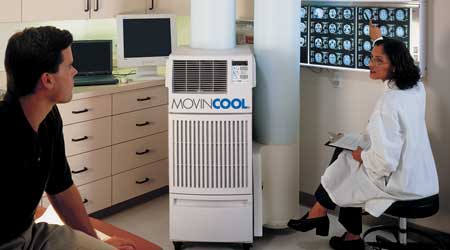Specifying Rental Equipment Effectively
Whether the equipment provides cooling, heating or power, building an effective plan is essential for success
Power supplies for temporary outages can meet a range of applications, from small gasoline-powered generators to natural gas-, diesel-, propane-, or dual-fuel generators up to 2 megawatts (MW) and greater single-generator capacities. Other than space, there is no load limit for multiple generators.
Rental vendors can aid with equipment selection, which is based on two factors: size and application. Facility maintenance applications include: emergencies due to breakdowns or natural disasters; facility shutdowns for scheduled maintenance, repair, restoration, or retrofits; maintenance at remote locations; peak shaving; and backup power.
Gathering data
Understanding rental equipment options is just one aspect of putting together a plan to survive an emergency or planned outage. Managers also need to gather key pieces of information on related issues and questions in order to put together a robust plan. Besides the obvious issues of rental and insurance pricing, managers also need to consider:
• assistance with sizing and application
• response time
• turnkey assistance, including installation, training, ongoing maintenance, delivery, pickup, and fueling
• all accessories needed for the application, such as cabling, fuel tanks, transformers, and automatic transfer switching
• self- contained and mobile systems, controllers, and lug connections
• engine block heaters for cold-starting
• voltage selection
• sound attenuation where noise is a factor.
Managers can optimize rental costs by properly specifying the equipment for the work and by carefully planning the rental duration. Planning the work to keep costs down means considering several factors, including minimum time required, quality work, working within equipment capacity, safety, and securing the equipment against theft or damage.
Planning also should include pre-applying time-saving technology, such as predictive maintenance diagnostics, data analytics, and use of drones to pre-troubleshoot or speed up inspection during rental duration.
Related Topics:













